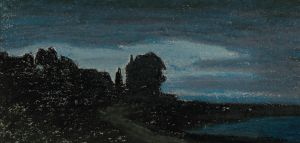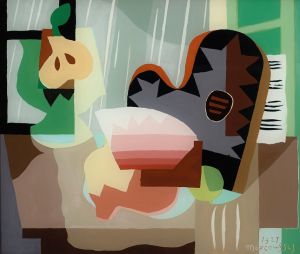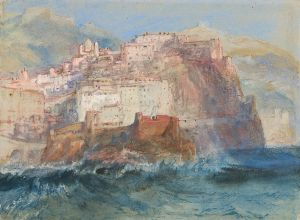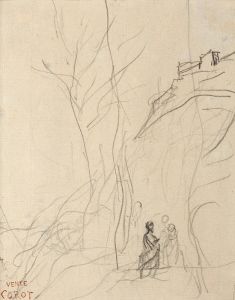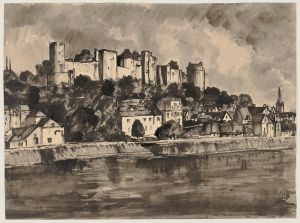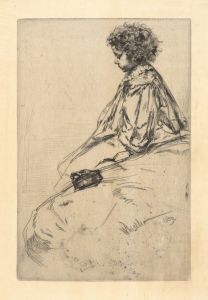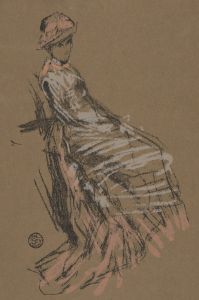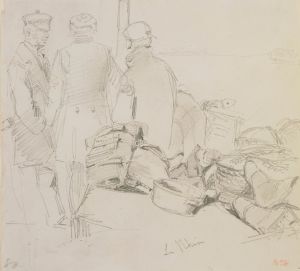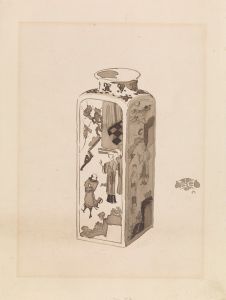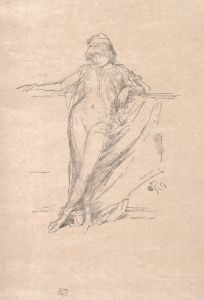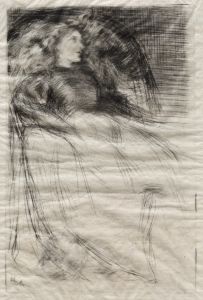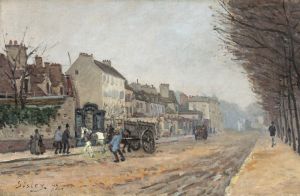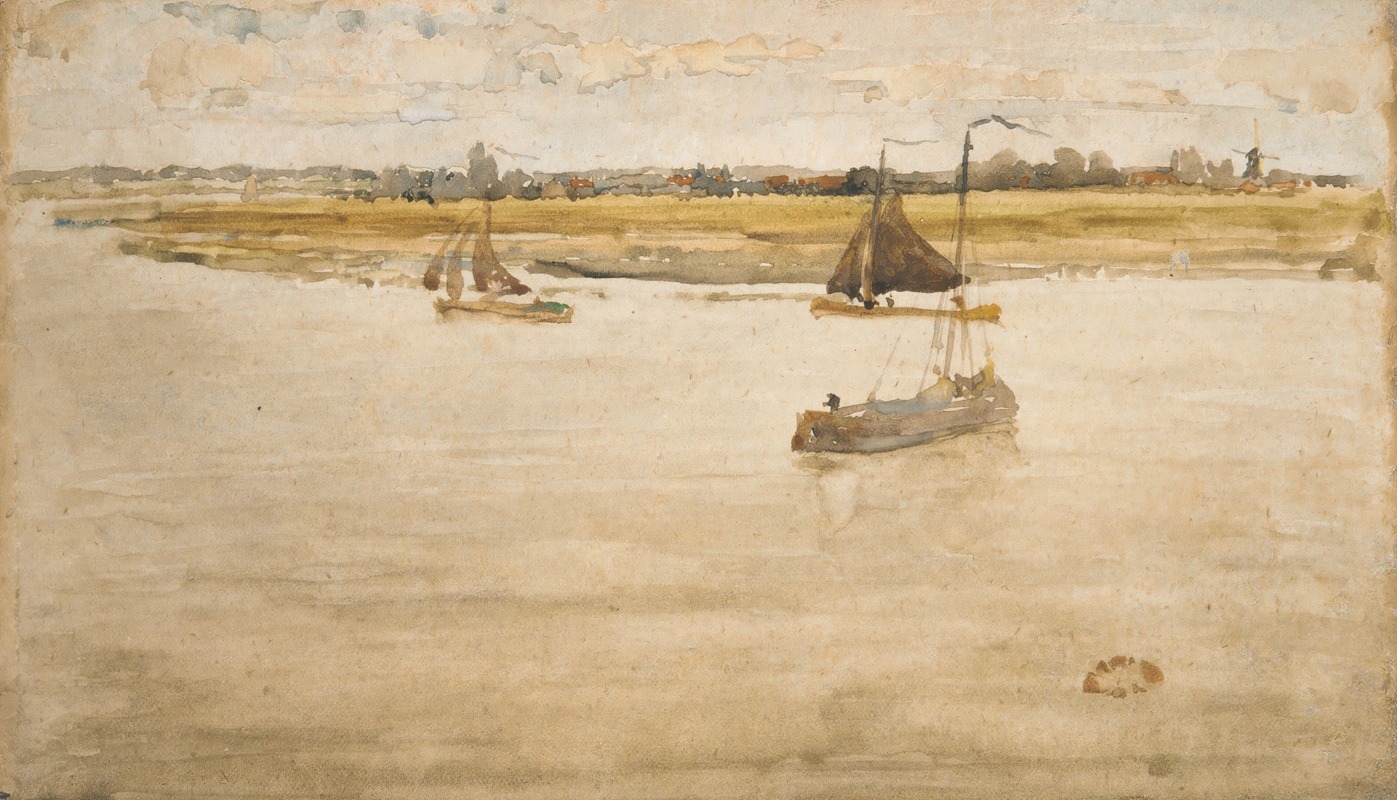
Gold and Brown; Dordrecht
A hand-painted replica of James Abbott McNeill Whistler’s masterpiece Gold and Brown; Dordrecht, meticulously crafted by professional artists to capture the true essence of the original. Each piece is created with museum-quality canvas and rare mineral pigments, carefully painted by experienced artists with delicate brushstrokes and rich, layered colors to perfectly recreate the texture of the original artwork. Unlike machine-printed reproductions, this hand-painted version brings the painting to life, infused with the artist’s emotions and skill in every stroke. Whether for personal collection or home decoration, it instantly elevates the artistic atmosphere of any space.
James Abbott McNeill Whistler was an American artist known for his contributions to the art world during the late 19th century. He was a proponent of the Aesthetic Movement, which emphasized the visual and sensual qualities of art and design over practical, moral, or narrative considerations. Whistler is best known for his paintings, etchings, and lithographs, and he often drew inspiration from his surroundings, capturing the essence of the places he visited.
One of Whistler's works, "Gold and Brown; Dordrecht," reflects his interest in capturing the atmosphere and mood of a scene rather than focusing solely on realistic representation. Dordrecht, a city in the Netherlands, was a place that Whistler visited and found inspiring due to its picturesque canals, historic architecture, and the quality of light that played over the landscape. This painting is part of Whistler's exploration of color harmony and tonal balance, which were central themes in his work.
"Gold and Brown; Dordrecht" is characterized by its subtle use of color and the way it captures the interplay of light and shadow. Whistler's technique often involved the use of a limited palette, which allowed him to focus on the tonal relationships between colors. This approach is evident in the painting, where the hues of gold and brown create a warm, cohesive atmosphere that evokes the tranquility and timelessness of the Dutch cityscape.
Whistler's style was influenced by his exposure to various art movements and cultures. He was particularly inspired by Japanese art, which is reflected in his use of composition and space. The influence of Japanese prints can be seen in the way Whistler simplifies forms and focuses on the overall harmony of the composition rather than on intricate details. This approach is evident in "Gold and Brown; Dordrecht," where the emphasis is on the mood and atmosphere rather than on precise architectural details.
Throughout his career, Whistler was known for his innovative approach to art and his belief in "art for art's sake." He often titled his works using musical terms, such as "symphony" or "nocturne," to emphasize the aesthetic experience of viewing art. While "Gold and Brown; Dordrecht" does not explicitly use a musical title, the painting embodies Whistler's philosophy by focusing on the visual harmony and emotional resonance of the scene.
Whistler's work, including "Gold and Brown; Dordrecht," has been influential in the development of modern art. His emphasis on mood, color harmony, and the aesthetic experience paved the way for future movements that prioritized the sensory and emotional impact of art. Whistler's legacy is evident in the works of later artists who continued to explore the boundaries of representation and abstraction.
In summary, "Gold and Brown; Dordrecht" by James Abbott McNeill Whistler is a testament to the artist's skill in capturing the essence of a place through color and tone. The painting reflects Whistler's commitment to the principles of the Aesthetic Movement and his innovative approach to art, which continues to inspire artists and art enthusiasts today.





